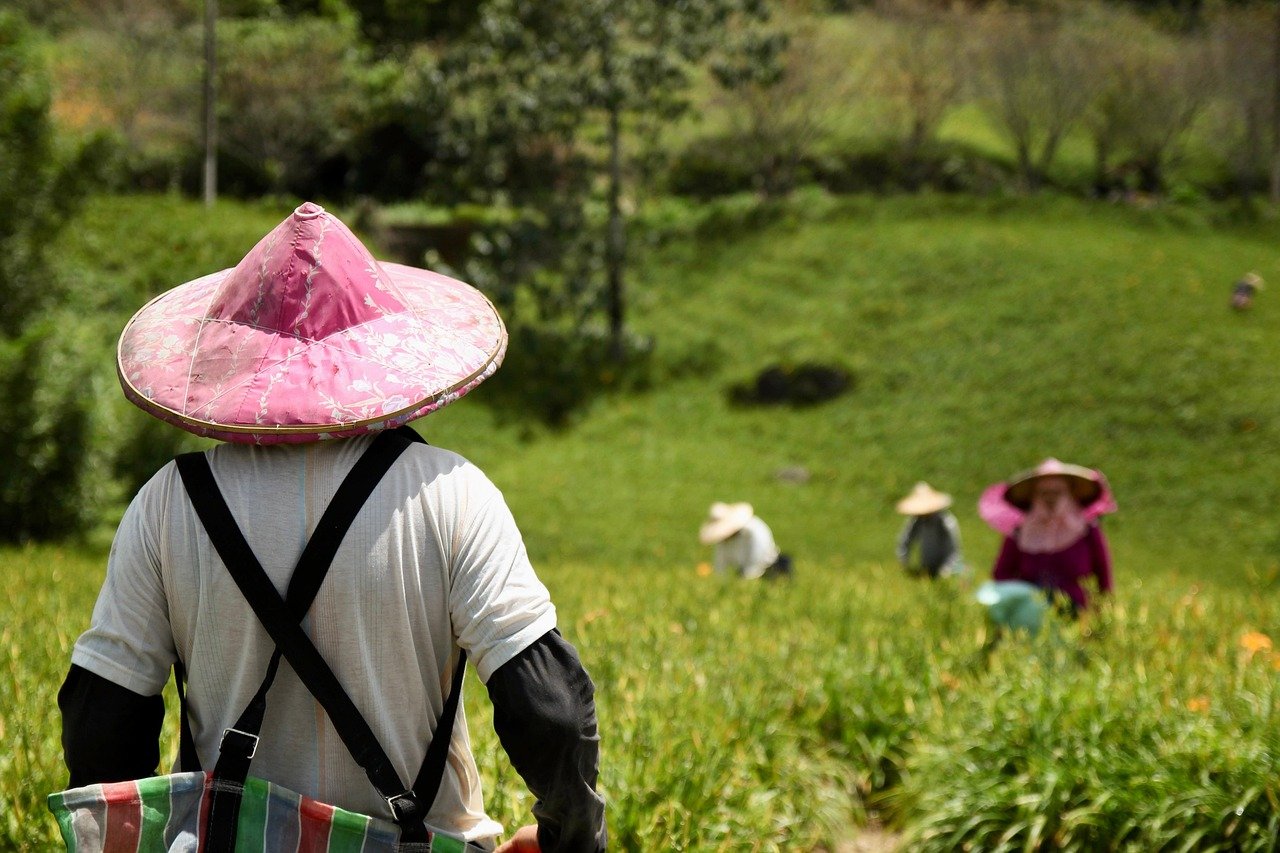Engineered Waterways: The Key to Casarabe Agriculture
The Casarabe people, an ancient civilization in what is now Bolivia, ingeniously transformed the region’s savannas into productive year-round crop fields through innovative engineering of waterways. Central to their agricultural success was maize, a vital food source that enabled the growth of their society.
Innovative Water Management
Research led by geoarchaeologist Umberto Lombardo from the Autonomous University of Barcelona reveals that the Casarabe developed an intricate network of drainage canals and water-retaining ponds. This system allowed them to harvest maize twice a year, effectively converting seasonally flooded savannas into continuous agricultural landscapes. This significant advancement supported the expansion of urban areas across the Amazonian forests and savannas.
Understanding the Casarabe Society
Previous archaeological studies have established that the Casarabe civilization thrived between the years 500 and 1400, covering an extensive area of 4,500 square kilometers. While they cultivated a variety of crops—including starchy tubers, squash, peanuts, and yams—there was a notable absence of traditional agricultural fields in excavated sites, leading researchers to question how they sustained their large population.
Strategic Cultivation Techniques
The research suggests that rather than diversifying their crop production, the Casarabe concentrated their efforts on maize, potentially seeking a reliable protein source as their population grew. Lombardo indicates that maize’s nutritional value may have played a crucial role in their agricultural strategy.
Using a combination of satellite imagery and ground surveys, Lombardo’s team located clusters of human-made ponds in the savanna regions. The team utilized a drone-based remote sensing technique known as light detection and ranging (lidar) to map the extensive network of canals that connected these ponds. The drainage systems featured progressively deeper channels, indicating careful planning and execution.
Evidence of Maize Cultivation
Soil samples taken from the drainage canals and pond edges revealed phytoliths—microscopic silica structures indicative of maize cultivation. Researchers theorize that maize was likely grown along the edges of these canals and around the ponds.
Radiocarbon dating of seeds and leaves suggests that one particular pond was actively used for farming between 1250 and 1550. However, the exact age of the broader drainage system and its associated ponds remains uncertain.
Archaeological Insights
This remarkable agricultural innovation not only highlights the advanced engineering skills of the Casarabe but also sheds light on the adaptability and resourcefulness of ancient civilizations in Central America, similar to the large-scale fish-trapping systems constructed by their contemporaries.







